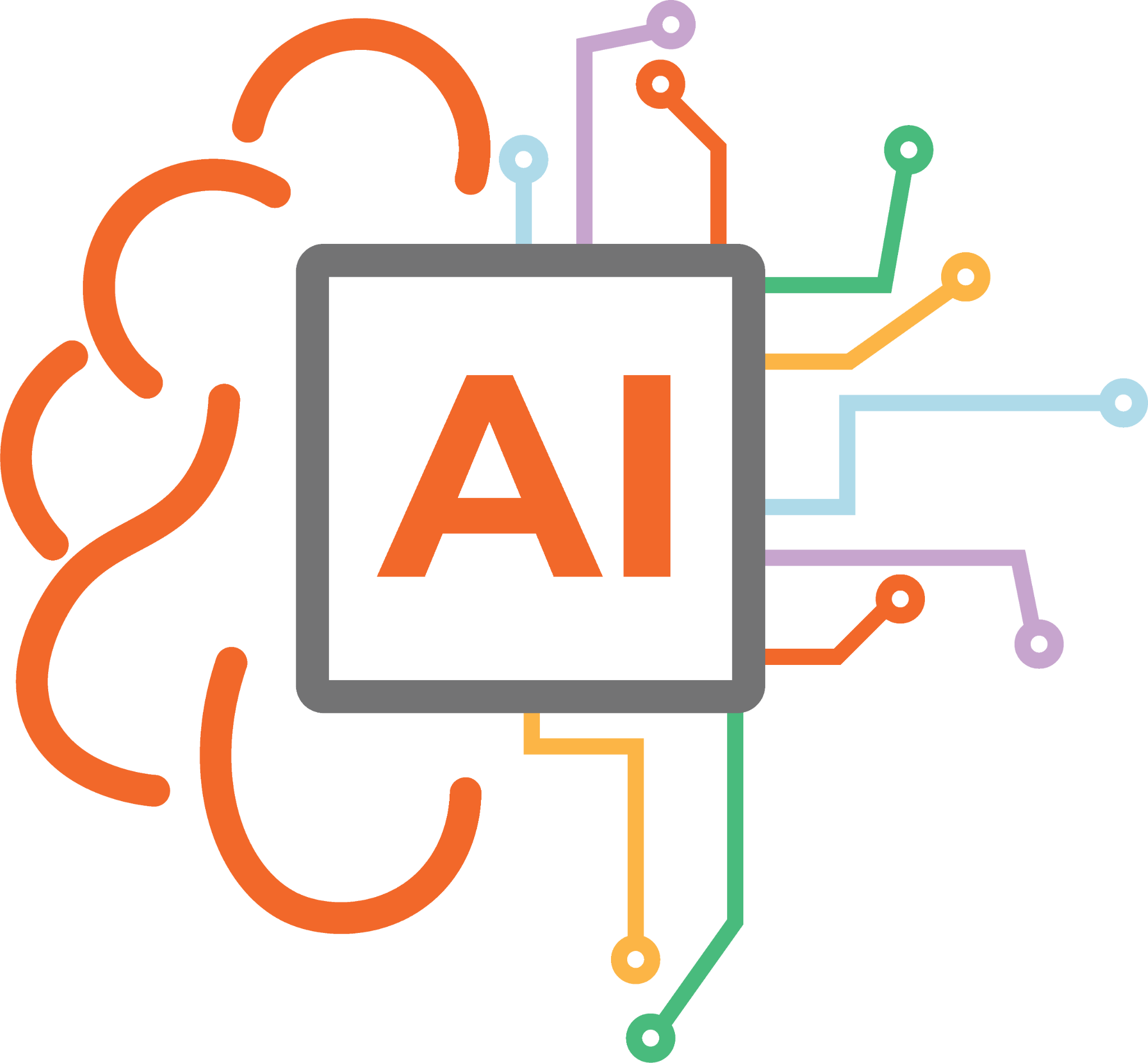Operating systems are constantly evolving, bringing advancements in security, efficiency and capability. For enterprises using Red Hat Enterprise Linux (RHEL), keeping systems up-to-date is not just a matter of accessing new features; it’s crucial for maintaining software support and ensuring system security.
As RHEL 7 approaches its end-of-life (EOL) by June 30, 2024, transitioning to RHEL 8 or RHEL 9 becomes imperative. However, this upgrade journey is nuanced. Not all systems are candidates for a seamless upgrade—challenges such as third-party application incompatibilities or specific application update requirements might need you to consider migration rather than an in-place upgrade.
Enter the Linux Environment and Application Pre-check (LEAPP): a solution designed to streamline the RHEL upgrade process.
Understanding LEAPP and Its Prerequisites
LEAPP is a command-line tool that has been designed by Red Hat for in-place upgrades between major RHEL versions. Its major function is to simplify the upgrade process and automate the assessment, verification and modification steps necessary for system upgrade.
Red Hat LEAPP supports upgrades from RHEL 7 to RHEL 8, and from RHEL 8 to RHEL 9, as long as the systems meet certain hardware and software criteria. Before an upgrade, it’s crucial to ensure the hardware supports the target RHEL version and there’s sufficient storage space for the upgrade process.
Upgrade Planning
Successful upgrade depends on thorough preparation and system assessment. One of the first steps is to ensure that the system meets the specific requirements for LEAPP-assisted upgrade. This includes having a current RHEL subscription, updating the system to the latest minor release (for example to 7.9), and verifying that your system architecture is supported by the target RHEL version.
It’s also crucial to review the compatibility of third-party applications with the target RHEL version, as this could influence the decision to proceed with an in-place upgrade or to explore alternative migration strategies.
Changes and New Features in RHEL 8 and RHEL 9
Familiarising oneself with the changes and new features introduced in RHEL 8 and RHEL 9 is vital. RHEL 8 brings improvements such as Application Streams, which allow users to adopt newer software versions more rapidly. Additionally, it introduces enhanced system security and performance monitoring tools.
RHEL 9 further builds on these foundations, offering even more robust security features, improved system performance and cutting-edge container tools. Understanding these advancements is key to leveraging the full potential of the upgraded system.
Planning for Downtime
An in-place upgrade requires system downtime. The duration of the downtime varies based on the system’s complexity and the amount of data involved. Planning for this downtime involves communicating with stakeholders, scheduling the upgrade during off-peak hours if possible, and ensuring that critical services have failover mechanisms in place.
Data Protection and Rollback
Before proceeding with an in-place upgrade, it’s important to have a comprehensive backup strategy. This includes backing up the system state, application data and any other critical data residing on the system.
Additionally, planning for rollback is essential. Despite the efficiency of LEAPP, upgrades can encounter unforeseen issues. Having a rollback plan ensures minimal disruption to services, should you need to revert to the original state.
Upgrade Process
The upgrade process involves several steps, starting with the installation of the LEAPP utility and followed by the execution of pre-upgrade assessments using LEAPP’s diagnostic tools. These assessments provide insights into potential incompatibilities and required adjustments.
Upon resolving any identified issues, the system is ready for the upgrade. The LEAPP tool then orchestrates the upgrade process, keeping the user informed through detailed logging.
LEAPP Report
Prior to the actual upgrade, LEAPP generates a pre-upgrade report using the leapp preupgrade command. This report outlines actionable recommendations, potential risks, and deprecated features. Reviewing and addressing the contents of this report is crucial for a smooth upgrade experience.
System Verification
After the upgrade, system verification is necessary to ensure that all components are functioning as expected. This includes testing applications, verifying system services, and ensuring that security policies are enforced. System verification is a critical step in confirming the success of the upgrade process.
Ensuring a Successful, Seamless Upgrade
System upgrades are complicated, so it’s important to plan for them in advance. With RHEL 7, thorough preparation is key to ensure a seamless upgrade process without disrupting workflows.
We hope this blog equips you with the knowledge needed to execute a successful RHEL upgrade using LEAPP. But if you’re unsure about how you’ll approach this process, Insentra is here to assist you. Contact us today and we’ll start planning your RHEL upgrade.










